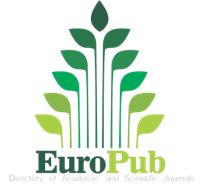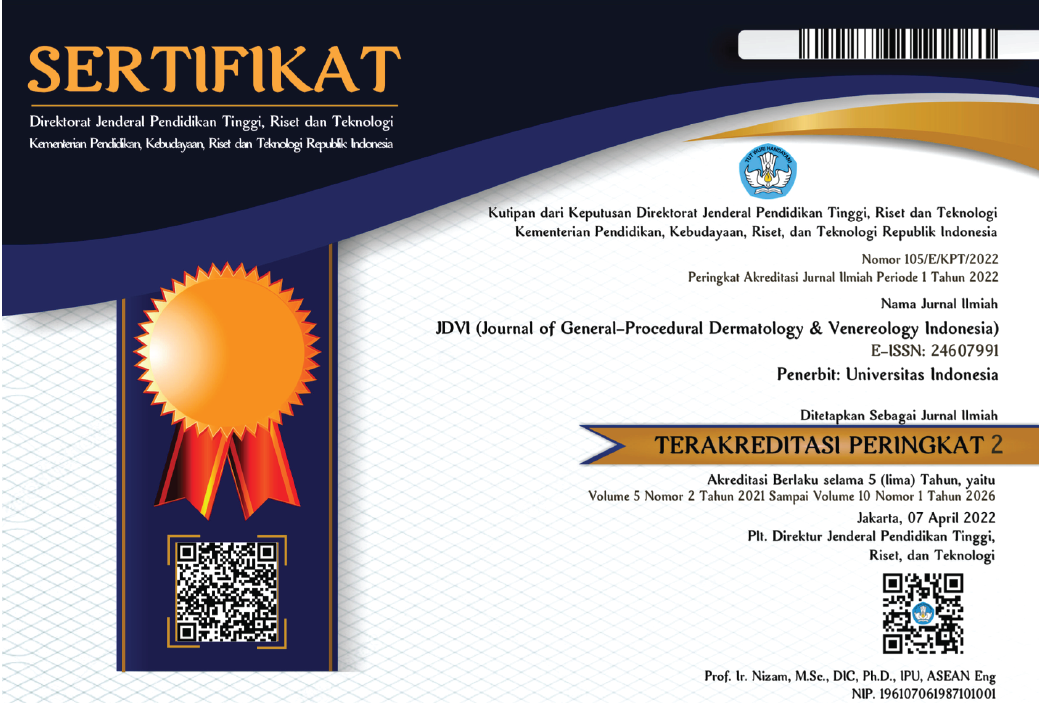Abstract
Allergic contact dermatitis (ACD) is a cutaneous inflammatory reaction caused by contact with specific exogenous allergen to which a person has developed allergic sensitization. Nickel was reported as one of the most common causes of ACD worldwide, particularly affecting females. It is associated with a variety of nickel-containing products, from jewelry to detergent.
A 32-year-old female was presented with pruritic eruption consist of erythematous papules and vesicles on both hands and extensor forearms since 2 weeks before admission. The patient is a housewife who did handwashing clothes and kitchenware with detergent and soap every day. At first, there were erythematous papules on the right extensor forearm, then the patient wore rubber gloves to protect hands when washing. However, the lesions spread to the left extensor forearm and there were also vesicles on both hands. There was history of localized reactions to metal items, the latter one was 3 weeks ago after wearing a metal necklace. The clinical presentation were multiple erythematous papules and vesicles, erythematous and hyperpigmented macules. The patch test using Chemotechnique Diagnostics AB and square chamber showed a 2+ reaction to nickel sulphate. The patient was educated to avoid the causative allergen and treated with oral antihistamine and topical corticosteroid. The patient showed significant clinical improvement after 2 weeks.
Nickel as metal catalyst used in detergents is found in small concentration, but can lead to ACD in an already sensitized individual. The lesions persist despite the use of gloves because nickel is absorbed through rubber material.
Recommended Citation
Putri, Dewi Utami and Roesyanto-Mahadi, Irma Damayanti
(2017)
"Allergic contact dermatitis due to nickel in household detergent,"
Journal of General - Procedural Dermatology and Venereology Indonesia: Vol. 2:
Iss.
2, Article 2.
DOI: 10.19100/jdvi.v2i2.51
Available at:
https://scholarhub.ui.ac.id/jdvi/vol2/iss2/2
Included in
Dermatology Commons, Integumentary System Commons, Skin and Connective Tissue Diseases Commons






























